标签:nbsp intern auto hot 持久化类 hql 权限 nat port
一,环境的搭建
1)创建maven项目
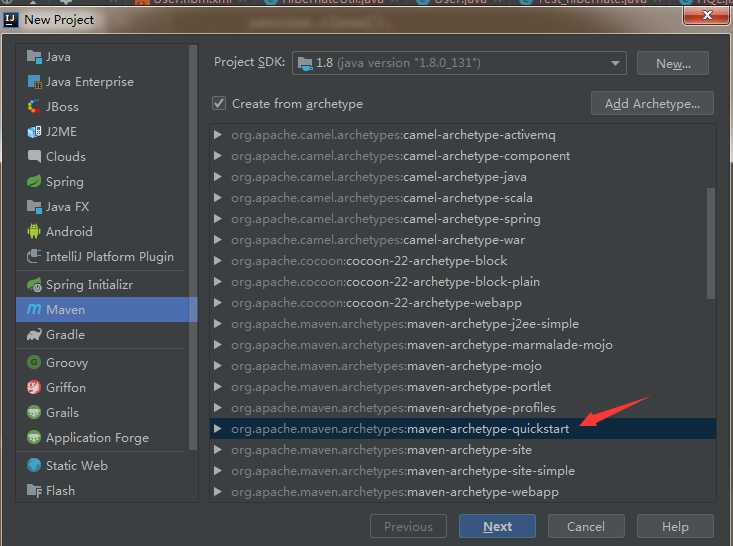
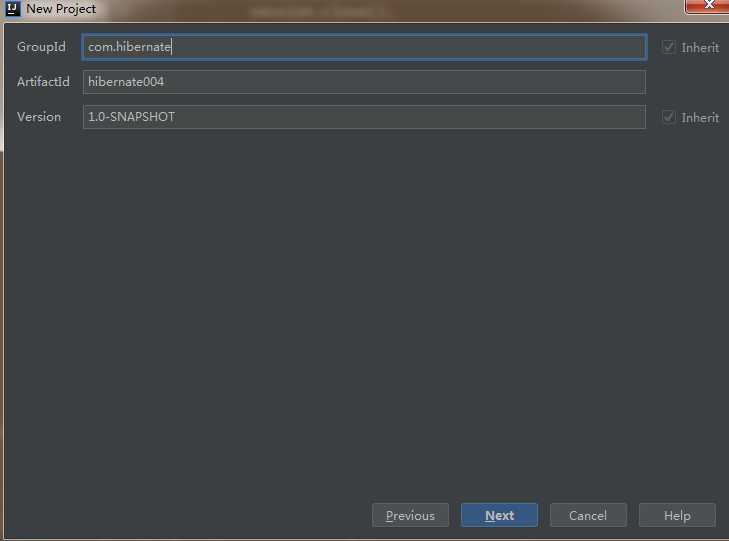
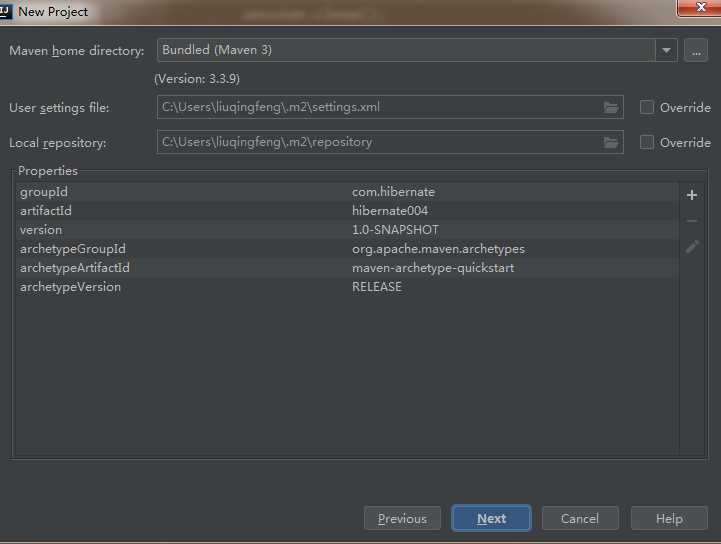
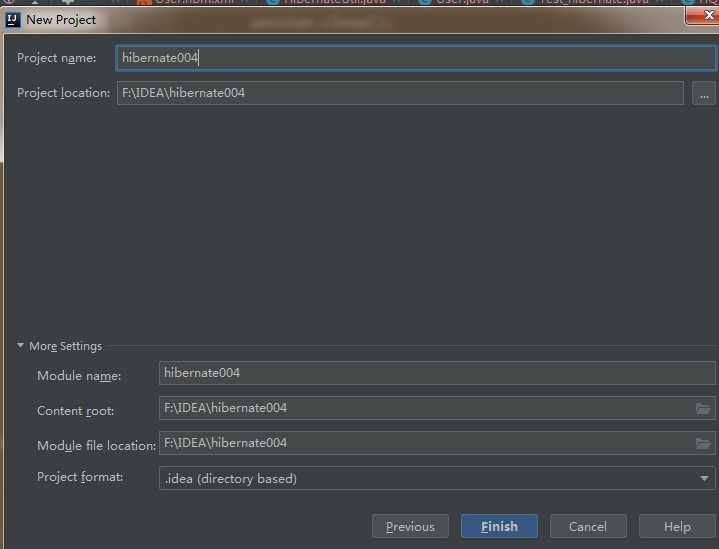
2)导入依赖的jar包.pom.xml和创建实体类User
<?xml version="1.0" encoding="UTF-8"?> <project xmlns="http://maven.apache.org/POM/4.0.0" xmlns:xsi="http://www.w3.org/2001/XMLSchema-instance" xsi:schemaLocation="http://maven.apache.org/POM/4.0.0 http://maven.apache.org/xsd/maven-4.0.0.xsd"> <modelVersion>4.0.0</modelVersion> <groupId>com.hibernate</groupId> <artifactId>hibernate004</artifactId> <version>1.0-SNAPSHOT</version> <name>hibernate004</name> <!-- FIXME change it to the project‘s website --> <url>http://www.example.com</url> <properties> <project.build.sourceEncoding>UTF-8</project.build.sourceEncoding> <maven.compiler.source>1.8</maven.compiler.source> <maven.compiler.target>1.8</maven.compiler.target> </properties> <dependencies> <dependency> <groupId>junit</groupId> <artifactId>junit</artifactId> <version>4.12</version> <scope>test</scope> </dependency> <!-- https://mvnrepository.com/artifact/commons-logging/commons-logging --> <dependency> <groupId>commons-logging</groupId> <artifactId>commons-logging</artifactId> <version>1.1.1</version> </dependency> <!-- https://mvnrepository.com/artifact/org.hibernate/hibernate-core --> <dependency> <groupId>org.hibernate</groupId> <artifactId>hibernate-core</artifactId> <version>5.3.3.Final</version> </dependency> <!-- https://mvnrepository.com/artifact/org.hibernate.validator/hibernate-validator --> <dependency> <groupId>org.hibernate.validator</groupId> <artifactId>hibernate-validator</artifactId> <version>6.0.7.Final</version> </dependency> <!-- https://mvnrepository.com/artifact/org.hibernate/hibernate-entitymanager --> <dependency> <groupId>org.hibernate</groupId> <artifactId>hibernate-entitymanager</artifactId> <version>5.3.6.Final</version> </dependency> <!-- https://mvnrepository.com/artifact/org.hibernate/hibernate-c3p0 --> <dependency> <groupId>org.hibernate</groupId> <artifactId>hibernate-c3p0</artifactId> <version>5.3.6.Final</version> </dependency> <!-- https://mvnrepository.com/artifact/com.mchange/c3p0 --> <dependency> <groupId>com.mchange</groupId> <artifactId>c3p0</artifactId> <version>0.9.5.2</version> </dependency> <dependency> <groupId>mysql</groupId> <artifactId>mysql-connector-java</artifactId> <version>5.1.35</version> </dependency> </dependencies> <build> <pluginManagement><!-- lock down plugins versions to avoid using Maven defaults (may be moved to parent pom) --> <plugins> <plugin> <artifactId>maven-clean-plugin</artifactId> <version>3.0.0</version> </plugin> <!-- see http://maven.apache.org/ref/current/maven-core/default-bindings.html#Plugin_bindings_for_jar_packaging --> <plugin> <artifactId>maven-resources-plugin</artifactId> <version>3.0.2</version> </plugin> <plugin> <artifactId>maven-compiler-plugin</artifactId> <version>3.7.0</version> </plugin> <plugin> <artifactId>maven-surefire-plugin</artifactId> <version>2.20.1</version> </plugin> <plugin> <artifactId>maven-jar-plugin</artifactId> <version>3.0.2</version> </plugin> <plugin> <artifactId>maven-install-plugin</artifactId> <version>2.5.2</version> </plugin> <plugin> <artifactId>maven-deploy-plugin</artifactId> <version>2.8.2</version> </plugin> </plugins> </pluginManagement> </build> </project>
实体类
package com.hibernate; public class User { private Integer id; private Integer age; private String name; private String password; public User() { } public Integer getId() { return id; } public void setId(Integer id) { this.id = id; } public Integer getAge() { return age; } public void setAge(Integer age) { this.age = age; } public String getName() { return name; } public void setName(String name) { this.name = name; } public String getPassword() { return password; } public void setPassword(String password) { this.password = password; } @Override public String toString() { return "User{" + "id=" + id + ", age=" + age + ", name=‘" + name + ‘\‘‘ + ", password=‘" + password + ‘\‘‘ + ‘}‘; } }
3)创建resources的文件夹和创建hibernate.cfg.xml的配置文件以及hibernate.hbm.xml文件
hibernate.cfg.xml文件
<?xml version="1.0" encoding="GBK"?> <!-- 指定Hibernate配置文件的DTD信息 --> <!DOCTYPE hibernate-configuration PUBLIC "-//Hibernate/Hibernate Configuration DTD 3.0//EN" "http://www.hibernate.org/dtd/hibernate-configuration-3.0.dtd"> <!-- hibernate- configuration是连接配置文件的根元素 --> <hibernate-configuration> <session-factory> <!-- 指定连接数据库所用的驱动 --> <property name="connection.driver_class">com.mysql.jdbc.Driver</property> <!-- 指定连接数据库的url,hibernate连接的数据库名 --> <property name="connection.url">jdbc:mysql://localhost/hibernate001</property> <!-- 指定连接数据库的用户名 --> <property name="connection.username">root</property> <!-- 指定连接数据库的密码 --> <property name="connection.password">123456</property> <!-- 指定连接池里最大连接数 --> <property name="hibernate.c3p0.max_size">20</property> <!-- 指定连接池里最小连接数 --> <property name="hibernate.c3p0.min_size">1</property> <!-- 指定连接池里连接的超时时长 --> <property name="hibernate.c3p0.timeout">5000</property> <!-- 指定连接池里最大缓存多少个Statement对象 --> <property name="hibernate.c3p0.max_statements">100</property> <property name="hibernate.c3p0.idle_test_period">3000</property> <property name="hibernate.c3p0.acquire_increment">2</property> <property name="hibernate.c3p0.validate">true</property> <!-- 指定数据库方言 --> <property name="dialect">org.hibernate.dialect.MySQL5Dialect</property> <!-- 根据需要自动创建数据表 --> <property name="hbm2ddl.auto">update</property> <!-- 显示Hibernate持久化操作所生成的SQL --> <property name="show_sql">true</property> <!-- 将SQL脚本进行格式化后再输出 --> <property name="hibernate.format_sql">true</property> <!--设置数据源,由于上述使用的属性有hibernate.c3p0.*,会自动设置为C3P0可不设。默认为hibernate数据源。--> <property name="hibernate.connection.provider_class">org.hibernate.c3p0.internal.C3P0ConnectionProvider</property> <!--current_session作用域,thread表示当前线程用同一个session--> <property name="current_session_context_class">thread</property> <!-- 罗列所有的映射文件,resources为文件路径,最好和主配置文件同一目录,自己开始没同一目录报错了.原因未知,就是找不到 --> <mapping resource="hibernate.hbm.xml"/> </session-factory> </hibernate-configuration>
hibernate.hbm.xml文件
<?xml version="1.0"?> <!DOCTYPE hibernate-mapping PUBLIC "-//Hibernate/Hibernate Mapping DTD 3.0//EN" "http://www.hibernate.org/dtd/hibernate-mapping-3.0.dtd"> <!--package为实体类包名--> <hibernate-mapping package="com.hibernate"> <!--name为类名,如果没写包名,这里的类名要写成权限定性类名. table为表名,不写默认为简单类名。tips:Windows系统mysql数据库默认不区分大小写。--> <class name="User" table="user"> <!--id标签表示这是主键,name为实体类属性名,column为对应表的 gernarator参考https://blog.csdn.net/ye1992/article/details/19632001说明 这里native就好了。--> <id name="id" column="id"> <generator class="native"/> </id> <!--name为属性名,colunmn就是列名--> <property name="age" column="age"/> <property name="name" column="name"/> <property name="password" column="password"/> </class> </hibernate-mapping>
4) 创建一个hibernateUtile工具类和测试类
hibernateUtile类
package com.hibernate; import org.hibernate.Session; import org.hibernate.SessionFactory; import org.hibernate.cfg.Configuration; public class HibernateUtil { private static SessionFactory sf; static{ Configuration configure = new Configuration().configure(); sf= configure.buildSessionFactory(); } //opensession public static Session getOpenSession(){ return sf.openSession(); } //currentsession public static Session getCurrentSession(){ return sf.getCurrentSession(); } }
测试类
package com.hibernate; import org.hibernate.Session; import org.hibernate.Transaction; import org.junit.Test; public class Hibernate_test { @Test public void test01(){ Session session=HibernateUtil.getOpenSession(); Transaction transaction = session.beginTransaction(); User user=session.get(User.class,2); System.out.println(user); transaction.commit(); session.close(); } }
测试结果
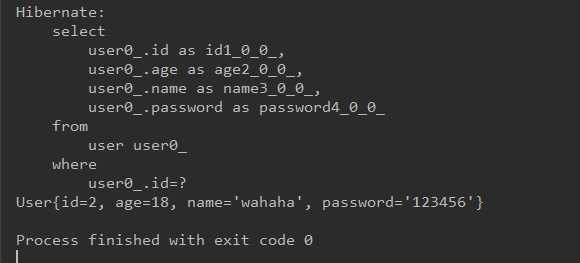
说明hibernate的环境搭建成功了
二,配置文件说明
hibernate有两个配置文件 hibernate.cfg.xml和hibernate.hbm.xml
配置文件中的主要内容,已经加上了注释信息,可以网上查看
三,什么是hibernate?
Hibernate是一个操作数据库的持久层框架,实现了对JDBC的封装,.Hibernate是一个ORM(对象关系映射)框架,我们在写程序时 ,用的时面向对象的方法,但是在关系型数据库里,存的是一条条的数据,为了用纯面向对象的思想解决问题,所有需要将程序中的对象和数据库的记录建立起映射关系,ORM就是这样的技术,而Hibernate就是这样一个框架,以操作对象的方式操作数据库。
四,hibernate相关API
configuration:配置对象
在使用hibernate的时候,首先要创建configuration的实例,Configuration实例主要用于启动,加载,管理hibernate的配置文件信息,在启动hibernate的过程中,configuration首先确定hibernate的配置文件的位置,然后读取相关配置,最后创建一个唯一的SessionFactory实例,configuration值存在于最初的系统初始化阶段,它将sessionFactory创建完成之后,就完成它的使命了.hibernate通常会使用new Configuration().configure(),来创建一个配置类对象,默认的是在resources下的hibernate.cfg.xml配置文件,如果不想创建和该文件名一样的xml配置文件,可以在cofigure()中添加一个参数,参数的内容是配置文件的名称
sessionFactory 是session的工厂对象
sessionFactory接口负责将Hibernate的初始化和建立session对象,它在hibernate中起到一个缓冲区的作用,hibernate可以将自动生成的sql语句,映射数据以及某些可重复利用的数据放在这个缓冲区中,同时它还保存了对数据库配置的所有映射关系,维护了当前的二级缓存
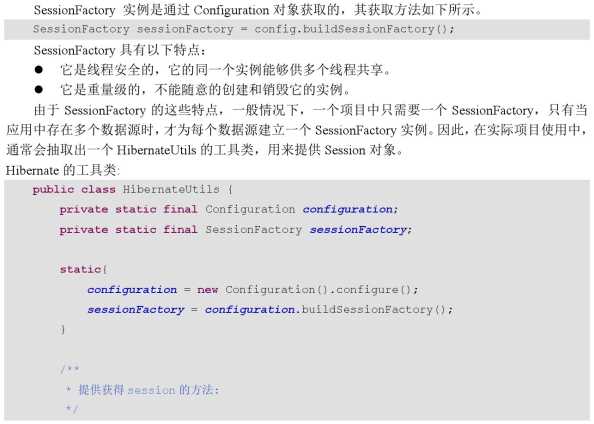
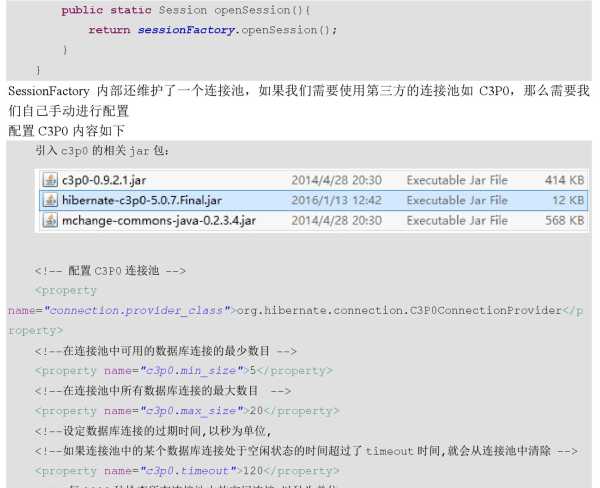
session对象


五,transaction事务
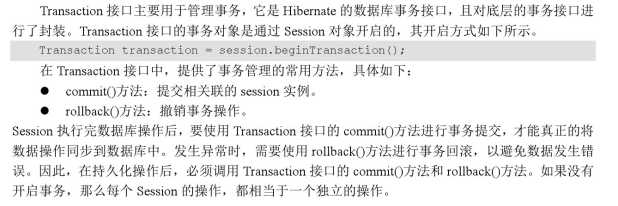
六,
1)什么是持久化类


2)持久化的编写规则
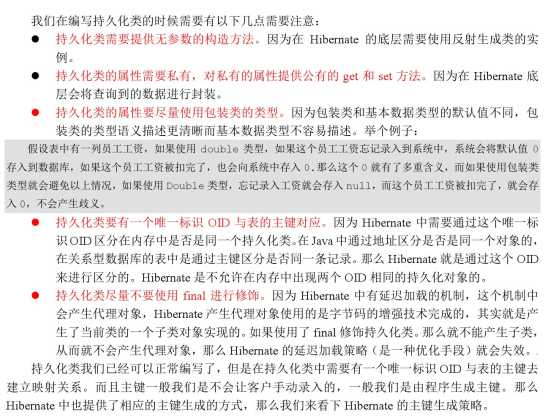
3)hibernate的主键生成策略


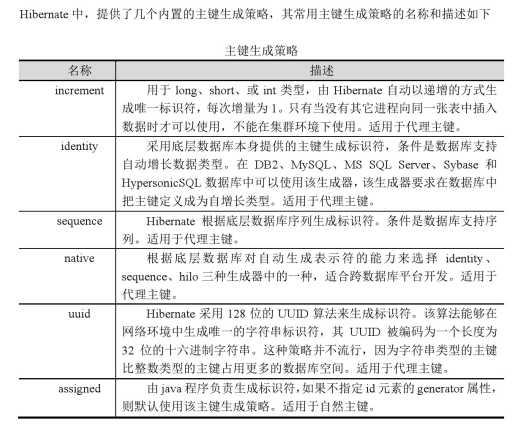
七,持久化状态的三种描述


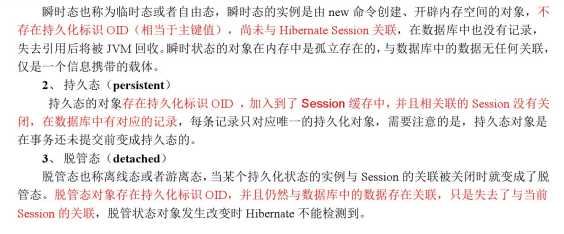
区分对象的三种状态
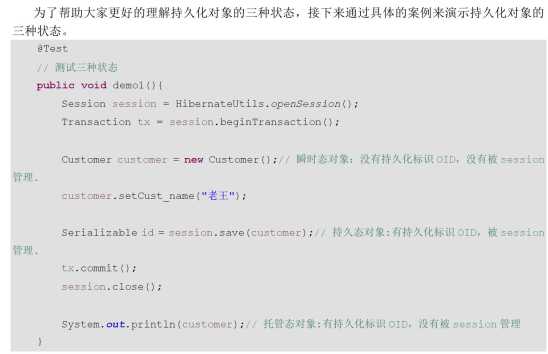

hibernate三种转态之间的相互转换
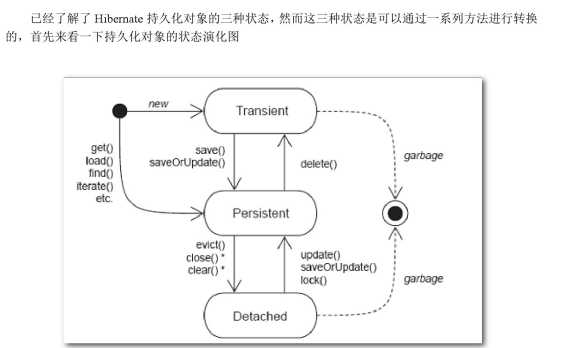
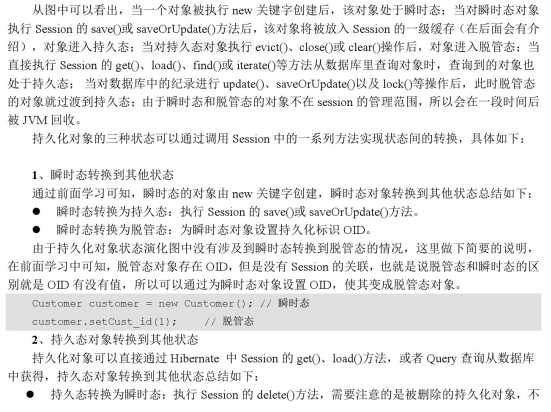

持久化对象能够自动更新数据库
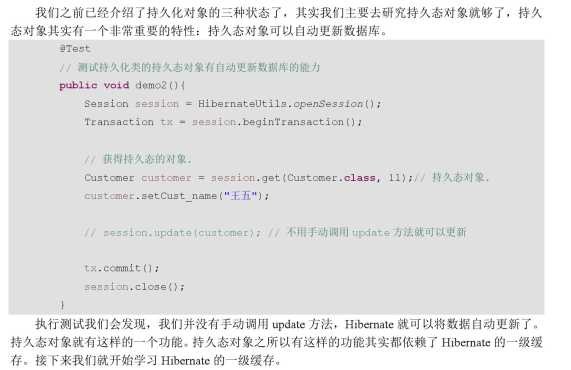
hibernate的一级缓存


什么是hibernate的一级缓存
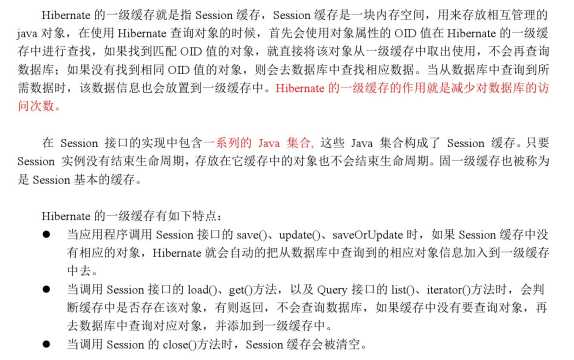
测试一级缓存
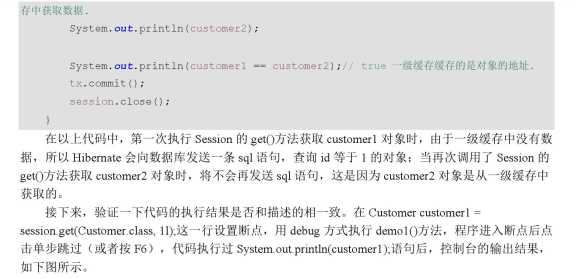
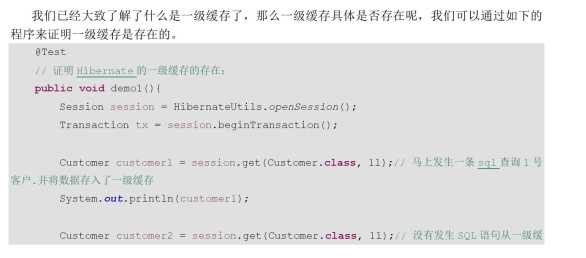
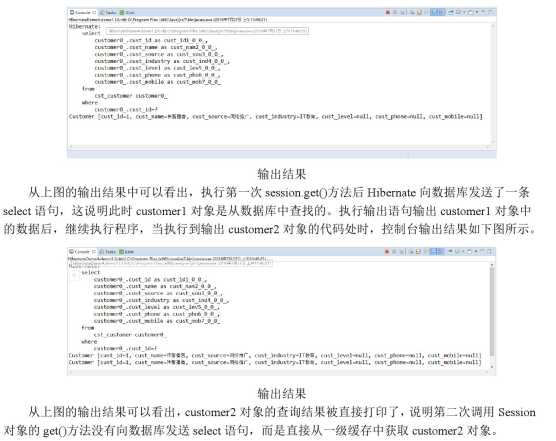
一级缓存的快照

hibernate的事务控制
1)什么是事务

2)事务的四个特性

3)事务的并发问题

4)事务的隔离级别
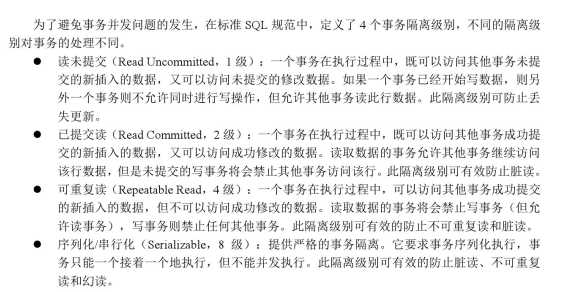

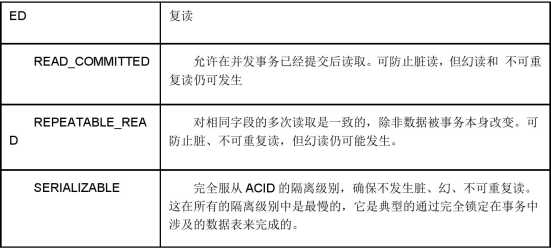

5)事务管理
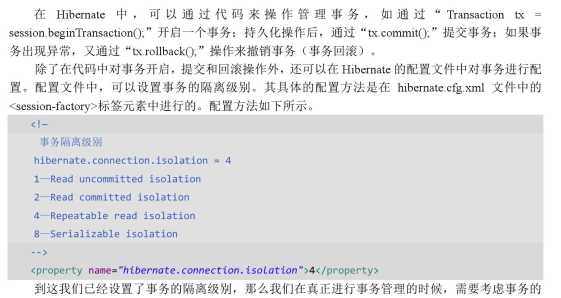
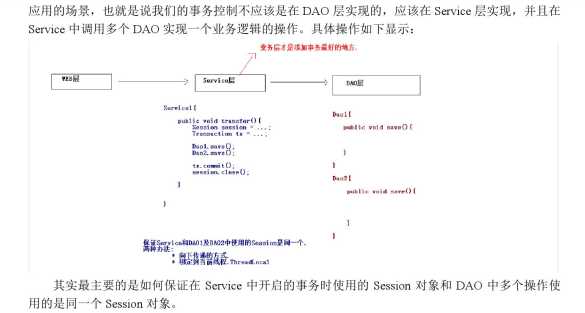

HQL
1)query
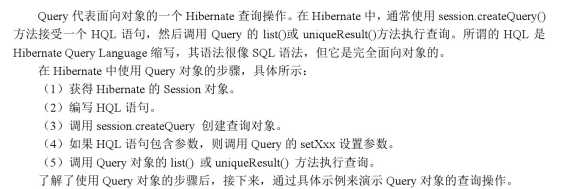
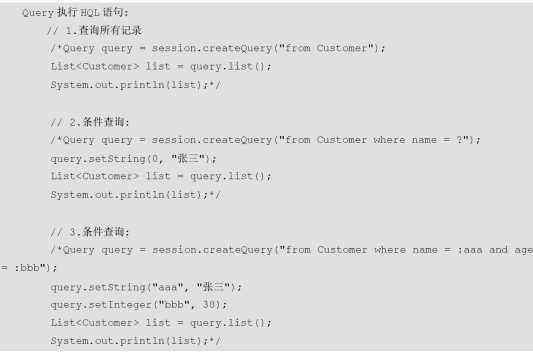


SQLQuery


标签:nbsp intern auto hot 持久化类 hql 权限 nat port
原文地址:https://www.cnblogs.com/liu1459310172/p/9781422.html